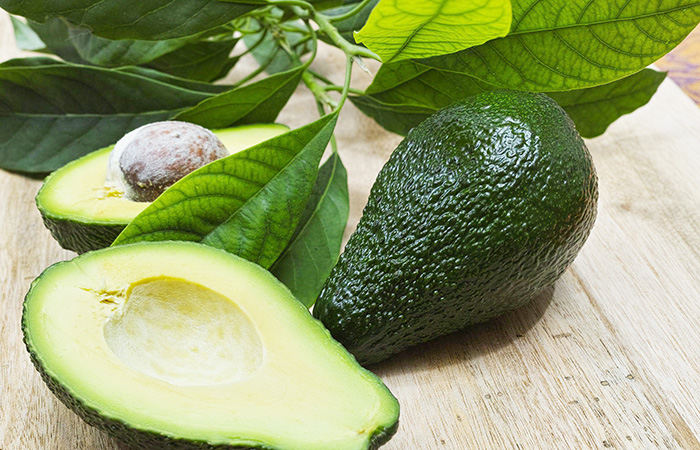Other than their colors, red tomatoes and yellow tomatoes have many key differences. For one, red tomatoes taste more acidic than yellow tomatoes, which boast of a milder and slightly sweeter flavor. Then they also differ when it comes to their nutritional profile.
Continue reading to know which tomato is healthier for you!
Why Red is Ahead
Just like what’s mentioned earlier, red tomatoes are more acidic than yellow ones. This only means that they can trigger acid reflux more. However, red tomatoes certainly offer so many perks.
Although yellow tomatoes have fiber too, red tomatoes pack slightly more of it. This only means that it is much better at flushing out toxins in the gut and promoting regular bowel movement. According to medical professionals, a diet that’s rich in fiber can help considerably reduce one’s risk of heart disease.
Both red tomatoes and yellow tomatoes are regarded as low-sodium foods. However, nutrition experts say that red tomatoes are way lower in sodium — a piece of it contains only 11 milligrams of sodium, while a yellow counterpart has about 49 milligrams of it.
Regardless of the color, tomatoes are phenomenal sources of vitamin C — a nutrient with antioxidant properties that helps in strengthening your immune system. However, it is said that red tomatoes carry more vitamin C in them than the yellow varieties. So if the flu season is just around the bend, consider including more red tomatoes in your diet on a regular basis to have your body prepared for it!
Another nutrient found in impressive amounts in red tomatoes is vitamin A. We all know that the said vitamin is vital for keeping your eyesight in optimal condition. Having antioxidant properties, vitamin A keeps the sensitive parts of your eyes from being damaged by free radicals, thus reducing your risk of blurring of vision or vision loss.
Perhaps the most noteworthy edge red tomatoes have over yellow ones is this: red tomatoes are wonderful sources of lycopene! There is no lycopene in yellow tomatoes because it’s found in the red pigments that make red tomatoes appear as such — bright and beautiful. So why is lycopene good for you? Well, it is considered by nutrition experts as one of the most powerful antioxidants on the face of the planet — it is scientifically-proven to help fight off cancer. Lycopene is also said to be effective in strengthening the bones, as well as keeping your brain and heart in tip-top shape.
Why Say “Hello” to Yellow
Despite of lacking in cancer-fighting lycopene, you should refrain from crossing out yellow tomatoes on your grocery list. It’s for the fact that consuming them comes with an assortment of benefits.
While it’s true that both red tomatoes and yellow tomatoes contain iron, there’s slightly more of the said mineral present in yellow ones. This means that they are a tad better at preventing iron-deficiency anemia. You see, iron is important for the production of red blood cells that permit oxygen to be transported via the bloodstream.
If want to keep your winning smile intact, go for yellow tomatoes. That’s because they contain more phosphorous, which is necessary for strong teeth (as well as bones!) than their red-colored counterparts.
Compared to red tomatoes, yellow tomatoes are slightly richer in potassium. We all know that potassium helps in lowering blood pressure because the said mineral causes the blood vessels to relax or dilate. According to heart doctors, keeping your blood pressure low helps in lowering your heart disease, heart attack and stroke risk.
Nutrition experts say that the amount of zinc in yellow tomatoes is double the amount found in red tomatoes. Zinc is a mineral that’s important in keeping the immune system strong.
Finally, yellow tomatoes boast of more B vitamins that their red rivals. For instance, yellow tomatoes have higher amounts of vitamin B3 or niacin, which is said to help lower bad cholesterol levels and ultimately your risk of heart disease. Also, yellow tomatoes are loaded with vitamin B9 or folate, something that helps in the formation of red blood cells.
Sources: iStock.com








